December 8th
The History of Centennial Woods:
As I reflect on my experience this semester at my phenology spot in Centennial Woods, I have to think about the land history and human history that have made it the beautiful spot it is today. First of all, Centennial Woods, and Vermont in general, came to be about 19,000 years ago when the Laurentide ice sheet slowly retreated. It was responsible for carving out the mountains, hills, and other topographic features that define this area, such as the landscape Centennial Woods occupies. Native Americans, specifically, the Abenaki were the first human settlers, around 3-4 thousand years ago. In the late 1900s, UVM archaeology students actually discovered evidence of these tribes when they uncovered a site with “an abundant evidence of Native American tool making,” as reported by the Vermont Quarterly. The Native Americans are known to have had an organic relationship with the land, as discussed in NR 1 lecture. They appreciated its beauty and all that it had to offer, and did not take anything they didn’t need. The resources that they did take were completely used, nothing wasted. Thousands of years after the first Native American settlement, throughout the 18th and 19th century, Centennial Woods area transformed into a dairy farm. Although the area has since regrown and become forested again, evidence of farming still exists, like barbed wire, posts, and a few rock walls. This represents slightly more of a utilitarian relationship with the land, as it was developed for a farming economy. UVM gained ownership of Centennial Woods in 1974, and the Board of Trustees outlined new regulations to protect it. Motorized vehicles, fires, and the collecting or damaging of plants or animals were banned, with the goal to preserve the area for educational purposes. Now Centennial Woods contains about “70 acres of mature conifer stands, mixed hardwoods, fields, streams, and wetland areas,” and is a resource utilized by the university and the public to promote outdoor recreation/ immersion and education. A more organic relationship with this area has sprouted again (at least, I can say this about my experience)!
http://researchguides.uvm.edu/content.php?pid=196209&sid=1642913
My Last Visit of the Semester:
What an incredible last visit of the semester I had! I decided to bring my nice camera along with me, and I stumbled upon so many interesting sights! I decided to explore a bit more, and wandered off slightly out of the imaginary border of my spot. I found a big rock den full of scat that I quickly recognized to be porcupine droppings. There weren’t any fresh tracks and the scat looked fairly old, so I’m not sure that a porcupine is currently inhabiting this spot, but it was still very exciting to see! Although I didn’t see porcupine tracks, I did see a few deer tracks and what I believe were fox tracks, although they were hard to identify with the dusting of fresh snow on top. I was able to snap a nice picture of a chickadee, and also of a turkey that came pretty close to me!! She was all alone and I waited for a while to see if any others would pop out and follow her, but she was the only one I saw. I also took some pictures of the barbed wire and wooden posts near my spot that are evidence of the old dairy farm as described above. It is quite fascinating how the trees have grown around the wire so that it looks like it runs through them. I sat peacefully one last time on my sitting rock before winter break, enjoying the serenity of my place.
Photos 1 and 2- old porcupine den, photo 3- deer tracks, photo 4- fox tracks (?), photo 5- chickadee, photo 6- turkey, photos 7-9- barbed wire “growing through trees”

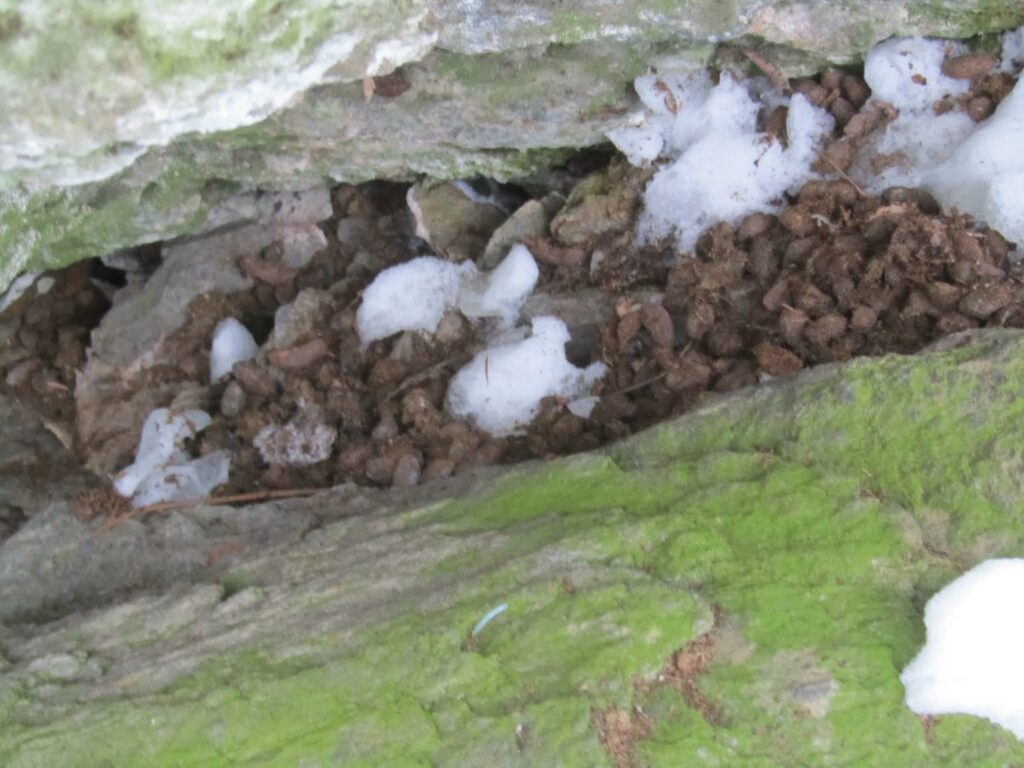

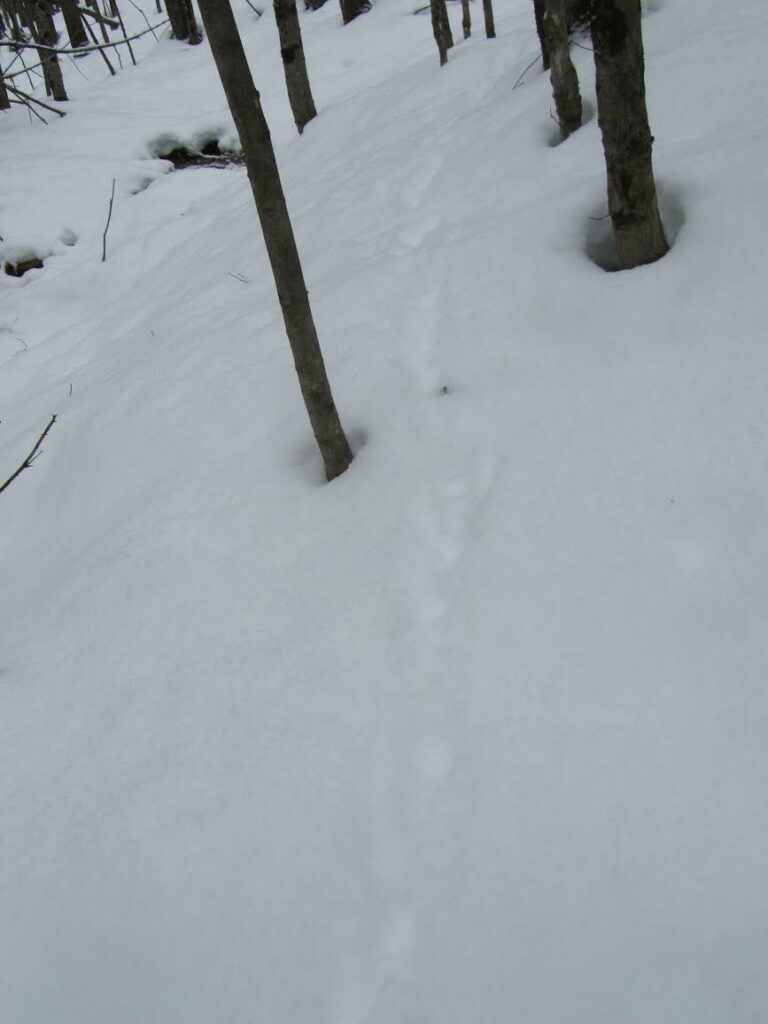
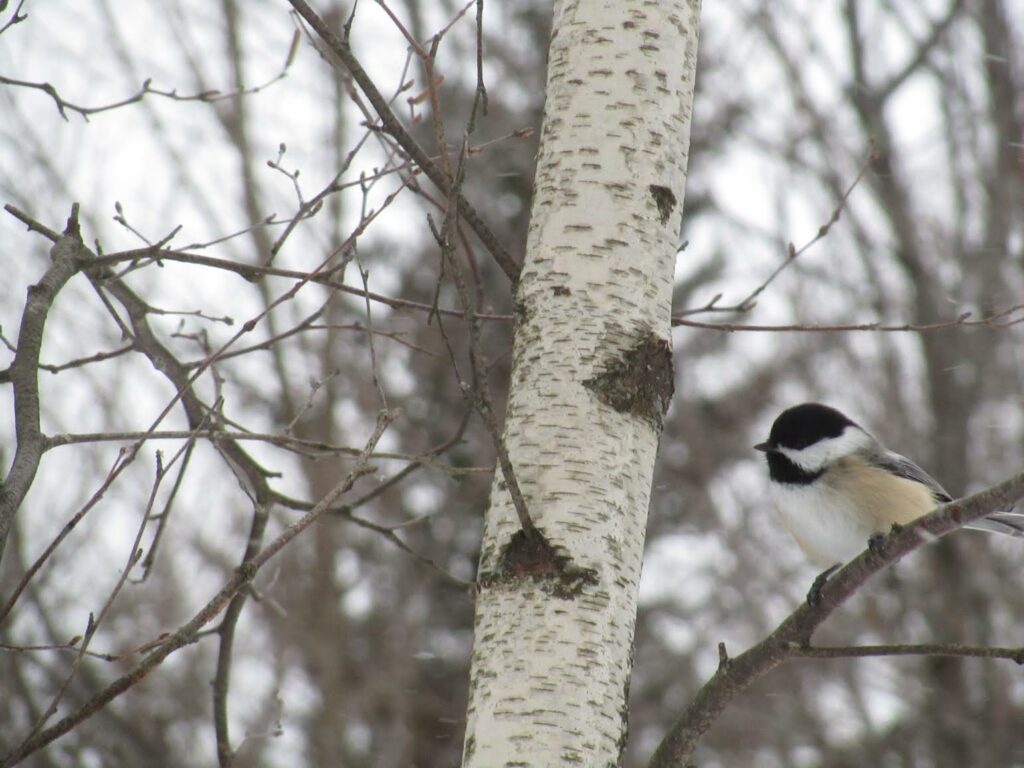
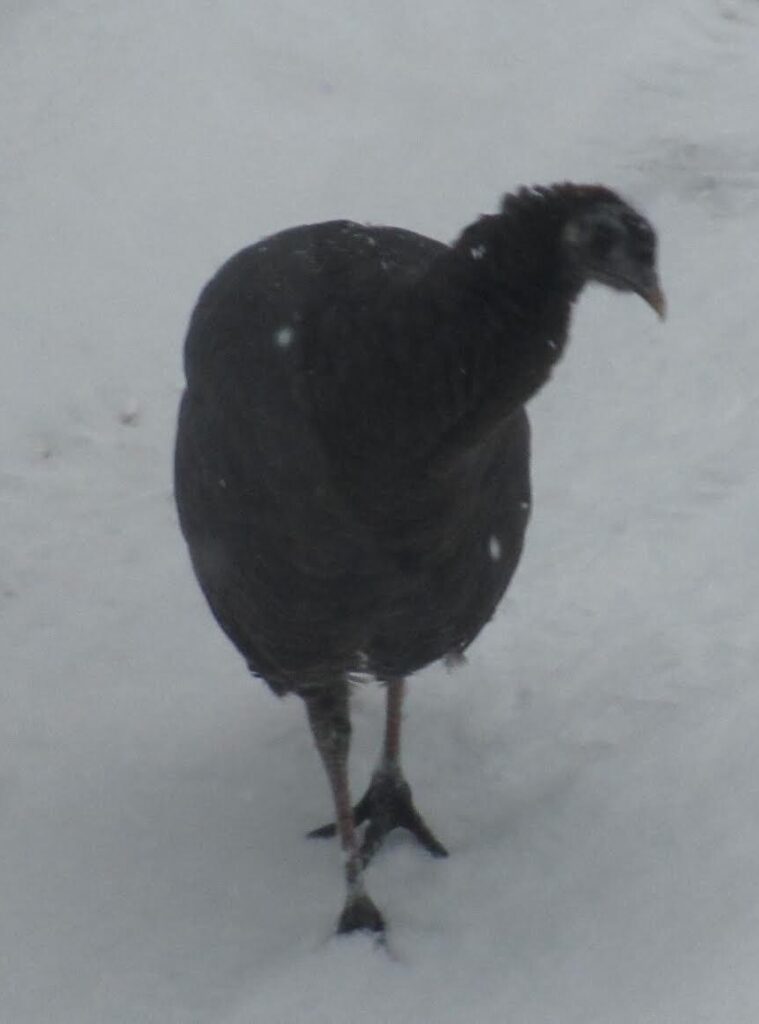
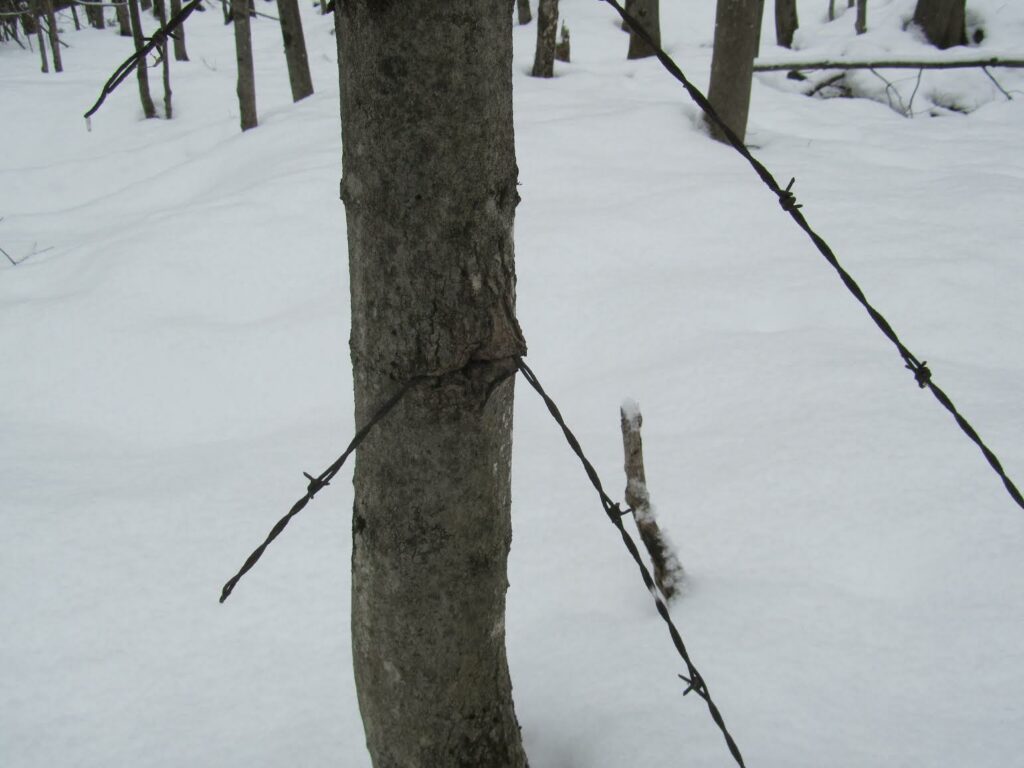

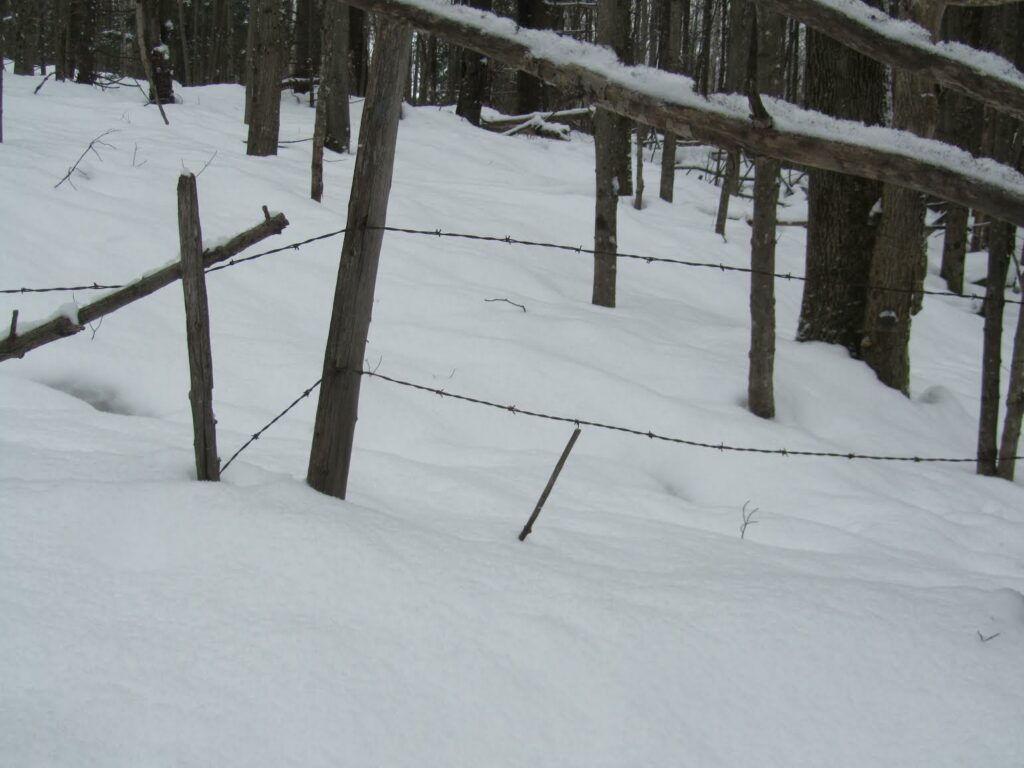

Recent Comments